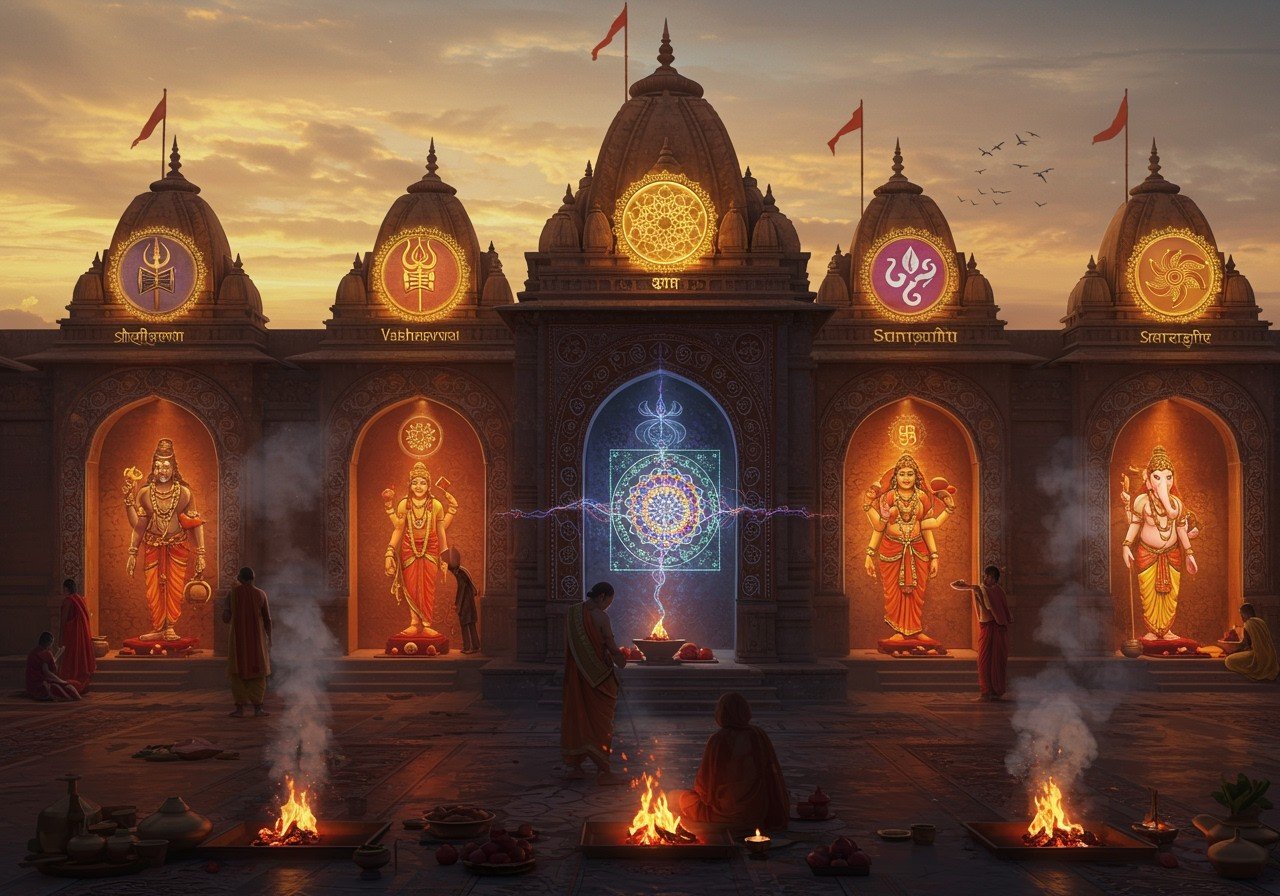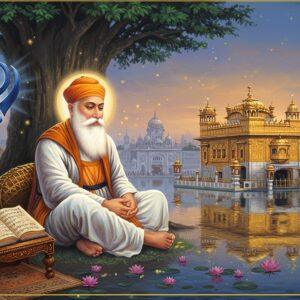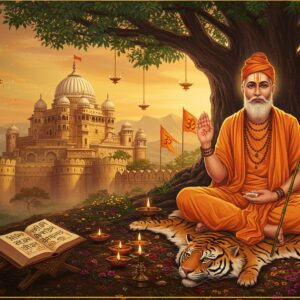
Hinduism, a multifaceted and ancient faith, encompasses a wide spectrum of beliefs, rituals, and philosophical schools, often referred to as denominations. Understanding these diverse traditions provides valuable insights into the rich tapestry of Hindu spirituality and cultural expression. This exploration is particularly relevant in 2025, as the interplay between ancient traditions and modern life continues to shape the religious landscape.
Understanding Hindu Denominations
Hindu denominations represent distinct lineages or schools of thought within Hinduism. They have evolved over centuries, influenced by historical events, cultural nuances, and geographical factors. Sacred texts, rituals, and the teachings of revered figures play a significant role in defining each denomination. While there are numerous sub-sects and regional variations, some of the most prominent denominations include:
- Vaishnavism: This denomination centers on the worship of Vishnu and his various incarnations, particularly Krishna and Rama. It emphasizes devotion (bhakti) and often incorporates elaborate rituals and festivals. Vaishnavism is deeply rooted in ancient scriptures like the Bhagavad Gita and the Ramayana.
- Shaivism: With Shiva as the supreme deity, Shaivism encompasses a range of philosophical perspectives, from monism to dualism. Practices often include meditation, yoga, and ascetic disciplines. Key texts for Shaivism include the Shaiva Agamas and the Shiva Purana.
- Shaktism: This tradition venerates the Goddess (Devi) as the ultimate reality, emphasizing the power and energy of the divine feminine. Shakti is worshipped in various forms, including Durga, Kali, Lakshmi, and Saraswati. Tantric practices are often associated with Shaktism.
- Smartism: Smartas worship the Supreme in one of six forms: Ganesha, Shiva, Shakti, Vishnu, Surya, and Skanda. This denomination is known for its more inclusive approach, recognizing the validity of different deities and paths. The Advaita Vedanta philosophy, emphasizing the non-dual nature of reality, is a key influence.
The Spectrum of Hindu Denominations
Determining the exact number of Hindu denominations is challenging due to their fluid and evolving nature. Major denominations often encompass numerous sub-sects and regional variations, influenced by local customs and traditions. The influence of charismatic leaders and reformers has also led to the emergence of new sects throughout history.
Modern movements and the forces of globalization further contribute to the dynamism of Hindu traditions. Diaspora communities around the world adapt and reinterpret Hindu practices in new contexts, sometimes leading to the formation of distinct communities. It’s likely that new sects will continue to emerge by 2025 and beyond, reflecting evolving social and spiritual needs.
Key Aspects of Hindu Denominations
- Decentralized Authority: Unlike some organized religions, Hinduism lacks a single central authority. This decentralized structure allows for a wide range of interpretations and practices.
- Shared Concepts: Despite their diversity, Hindu denominations share fundamental concepts such as moksha (liberation), dharma (righteous conduct), karma (the law of cause and effect), and samsara (the cycle of rebirth). These shared principles provide a common thread that unites the various traditions.
- Henotheism: Hindu denominations often exhibit a henotheistic approach, focusing on a particular deity as supreme while acknowledging the existence and validity of other divine forms. This inclusivity allows for a rich tapestry of beliefs and practices.
Historical Context
- Vedic Period: The origins of Hinduism can be traced back to the Vedic period in ancient India. The Vedas, a collection of hymns, prayers, and philosophical treatises, laid the foundation for many Hindu traditions.
- Classical Period: The “Golden Age” of Hinduism (c. 320-650 CE) witnessed significant developments in Hindu philosophy and the emergence of distinct denominations. This period saw the evolution of six major philosophical schools (darshanas) and the rise of bhakti movements, which greatly influenced the development of Vaishnavism and Shaivism.
Hinduism in 2025 and Beyond
In 2025, Hinduism is expected to continue its legacy as a diverse and vibrant family of religions, with Vaishnavism, Shaivism, Shaktism, and Smartism remaining prominent denominations. The influence of technology and globalization will likely play an increasingly significant role in shaping the future of Hindu traditions, connecting devotees worldwide and fostering new forms of religious expression.
Poojn.in: Supporting Your Spiritual Journey
For all your puja needs, regardless of your chosen denomination, consider exploring the offerings at poojn.in. As India’s leading provider of spiritual and cultural goods, poojn.in offers a vast selection of authentic products to support your practice.
- For Vaishnava Worship: Laddu Gopal Murti, camphor for aarti
- For Shaivite Practices: Cotton Thread, Paddy Seeds for Puja
- Common Worship Items: Incense Sticks, Chand Mala
Visit www.poojn.in to explore our complete collection and enhance your spiritual practice.
Learn more about core beliefs and practices of Hinduism : Exploring Hinduism: Core Beliefs and Practices
Embark on a journey through the sacred spaces of Hindu temples: Hindu Temples Explained: A Guide to Their Significance
Delve into the significance of Hindu rituals: Hindu Rituals: Significance and Importance


